Last edited Sept 11, 2015 by k
When I first arrived in HK it felt impossible to navigate my way through the endless loops of staircases and narrow roads, but they quickly became less of a frustration and something I grew to appreciate as a historically and culturally significant pattern in the urban fabric of Hong Kong Island. Although I could never find the same way back on a freshly explored route ANYWHERE in HK, the pervasive secret pathways that snake through the hills and building were always a pleasant stumbled upon surprise. They all led somewhere. You always knew there was an intention behind the creation of these massive winding staircases. Why else would anyone carve into that extraordinary topography? While some people chose the safe air-conditioned routes of shopping malls, escalators, and lifts, I embraced the mystery of the staircases and their unknown destinations.

The shopping malls themselves, in a way, were a challenge for me as well. I understood that it was hot outside and humid and a lot of the times raining, but one of the very last things I want to do while visiting exotic Asia was to be stuck commuting in a westernized shopping mall. I felt like it was really difficult to connect with the city of Hong Kong and its community when most of the transportation was structured around imported clothes, shoes, and handbags. I’d rather walk through an outdoor market (despite climatic conditions) and see, hear, smell vendors cooking food, selling produce, or local products. It seems as if this shopping mall culture has stripped away a lot of Hong Kong’s past identity and made it all about consumption. But of course the shopping malls have improved the walkability of Hong Kong for some inhabitants, for example, anyone struggling with mobile disabilities that are challenged by endless slopes, staircases, and obstructions and conditions of pavement… or anyone with health conditions that cannot tolerate extreme heat, cold, or pollution.
Idealistically, I just wish that all the shopping malls could be like the PMQ market. This may sound like a plug, but I was just so inspired by the concept. The PMQ market, formally a school and married police quarter, transformed itself into little shops that host design shops and pop up stores. They include artists, musicians, workshops, and food. All of the shops are in former apartments that were common to a family of four, and are SMALL. This happened to be one of the only first hand references I had to the indoor living space while studying settlements in Hong Kong. The site also hosts larger art exhibits, installations, and other fun festivities in it’s open air area. Not only does this site support the local arts and economy, but it preserves local heritage and provides public-private open space too. I’d say I’m slightly obsessed.
This study abroad program to Hong Kong was truly valuable for my future studies and career plan. I’ve decided to use Lei Yue Mun as a site for my upcoming 6-month comp project. I’m looking forward to this culturally rich site and future opportunities that lie within the inevitable development. The investigation of the city and its many types of settlement patterns from this program will be a great foundation for my future project. The program also gave me great insight into what it would be like to work cross culturally in the field of planning or landscape architecture. I was presented with the challenge of a language barrier and the exposure and experience with to a dense way of development like I have never seen before. I just wish the program could have been longer.
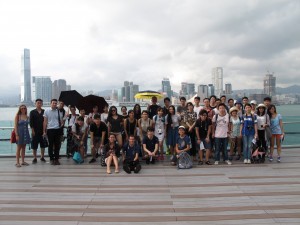


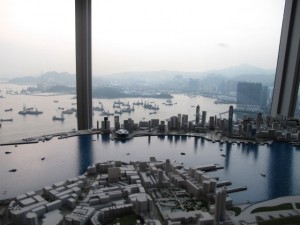
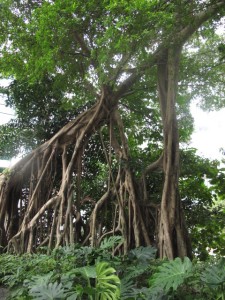
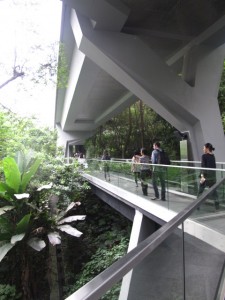
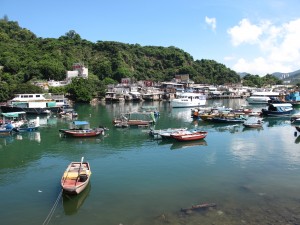
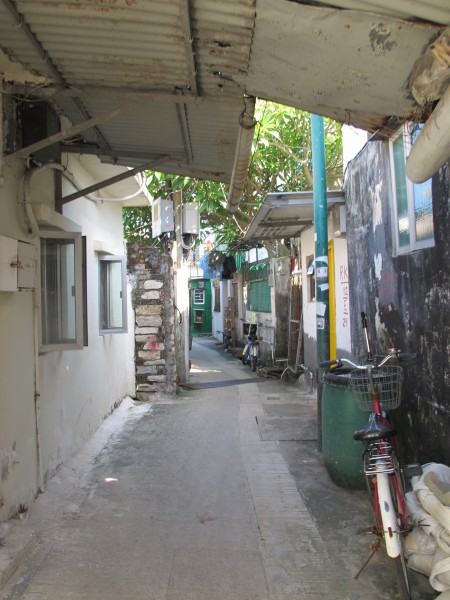
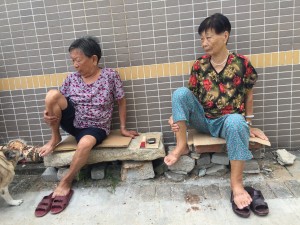 I
I